A material that has been in use in urban Ireland since before the time of the Georgians, red brick is back in vogue, with architects mining a mid-century aesthetic for modern extension ideas.
Red brick is enjoying a revival. While the building material, dating back to the city of Jericho, can be seen in the Herculaneum gate of Pompeii, in European Gothic architecture and Ireland’s Georgian and Victorian streets and squares, it is the work of starchitects Le Corbusier, FL Wright and Louis Khan that their Irish contemporaries are inspired by in their extension and new-build work.
Pinks, reds and russets are the preferred shades used by these modernists. Declan Scullion of Scullion Architects, for example, recently completed a new-build project for a couple trading down in Blackrock, Co Louth, a chi-chi seaside suburb, that is a very contemporary take on the material. He picked it to use both outside and inside, inspired by the fact that nearby Dundalk is a redbrick town.
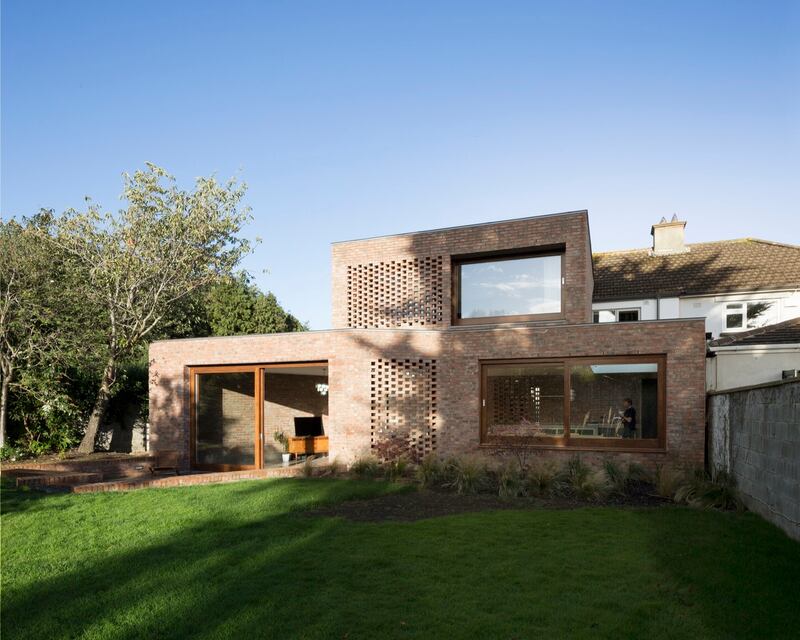
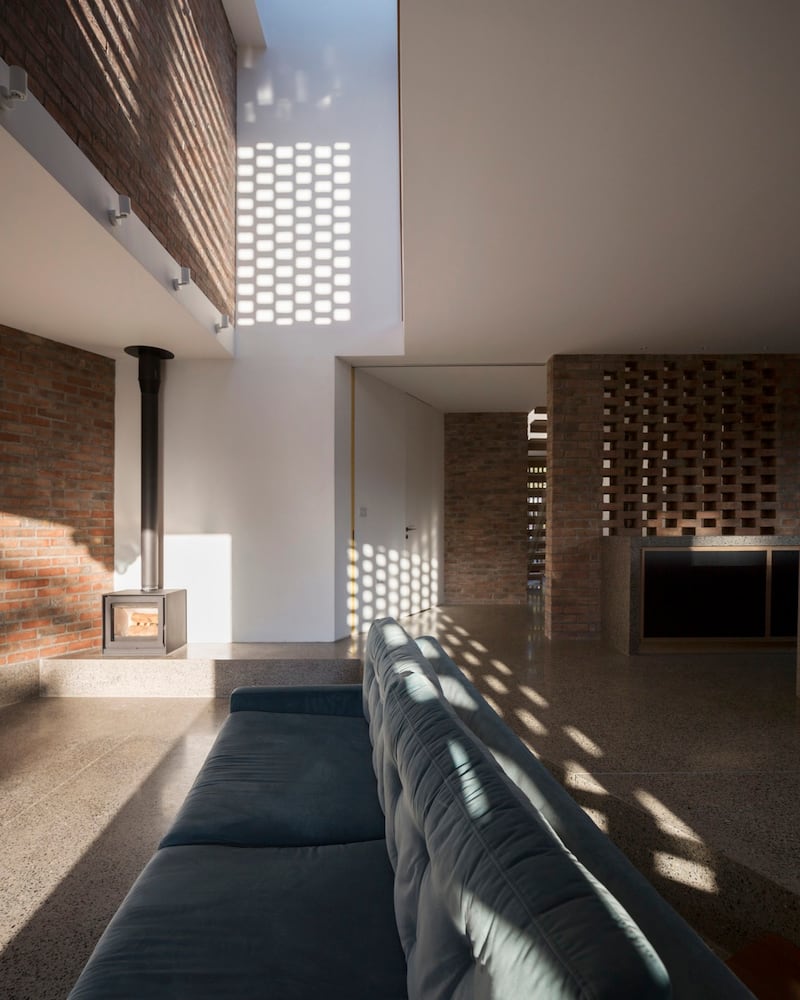
“Architects are more inclined to look at context and to harmonise new builds with their surrounding buildings. It would probably not be as pertinent in a new build in rural Co Mayo, for example,” he explains, adding that another factor to consider is that the brick is low-maintenance and holds the warmth for longer than a flat, white surface.
The house features steps and uprights in brick, contrasting with the use of patterned, warm oak parquet against plain white walls.
It is also incredibly versatile, he says.
“You can play with bonds, the pattern in which you lay the bricks, to deliver a different effect. It’s like weaving a tapestry using alternative stitches or bonds to create different textures.”
This is something Shane Cotter of Architectural Farm has done to great effect in a recently renovated and extended 1950s semi-detached house in Clontarf. The exterior walls of its double-height extension are brick, but what makes this project stand out is his use of perforated brick screens that draw dappled daylight deep into the heart of the house.
This creates a gorgeous sense of shadow play and also affords a sense of privacy to the homeowners, vital in the ensuite of the main bedroom, but also in the large kitchen overlooking the garden, something a big glass box extension doesn’t do. The screens also animate the house in a way. Placed to catch the light at different times of the day, they act like an architectural sundial, telling the time of day as the sun moves around the property.
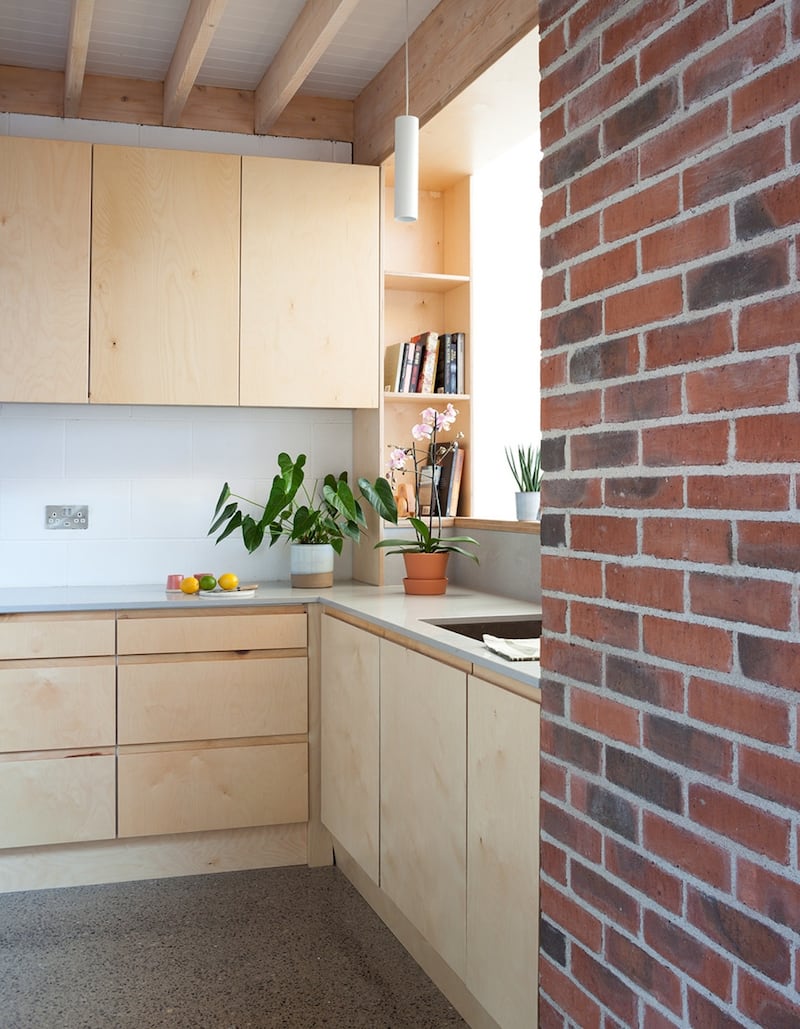
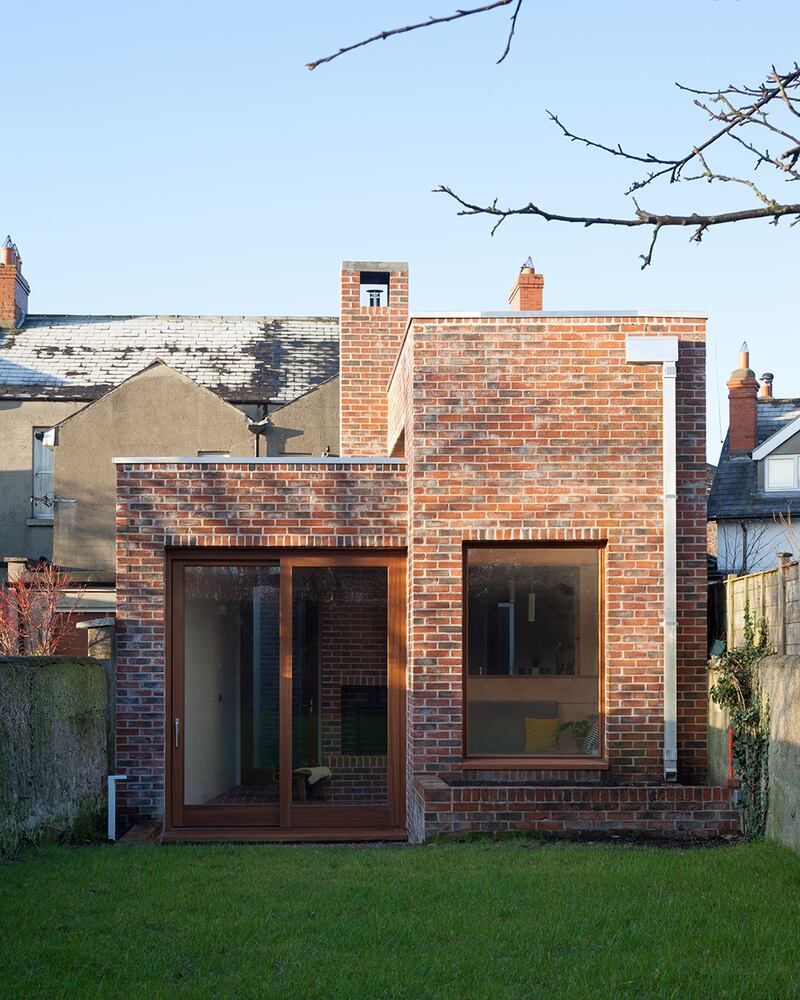
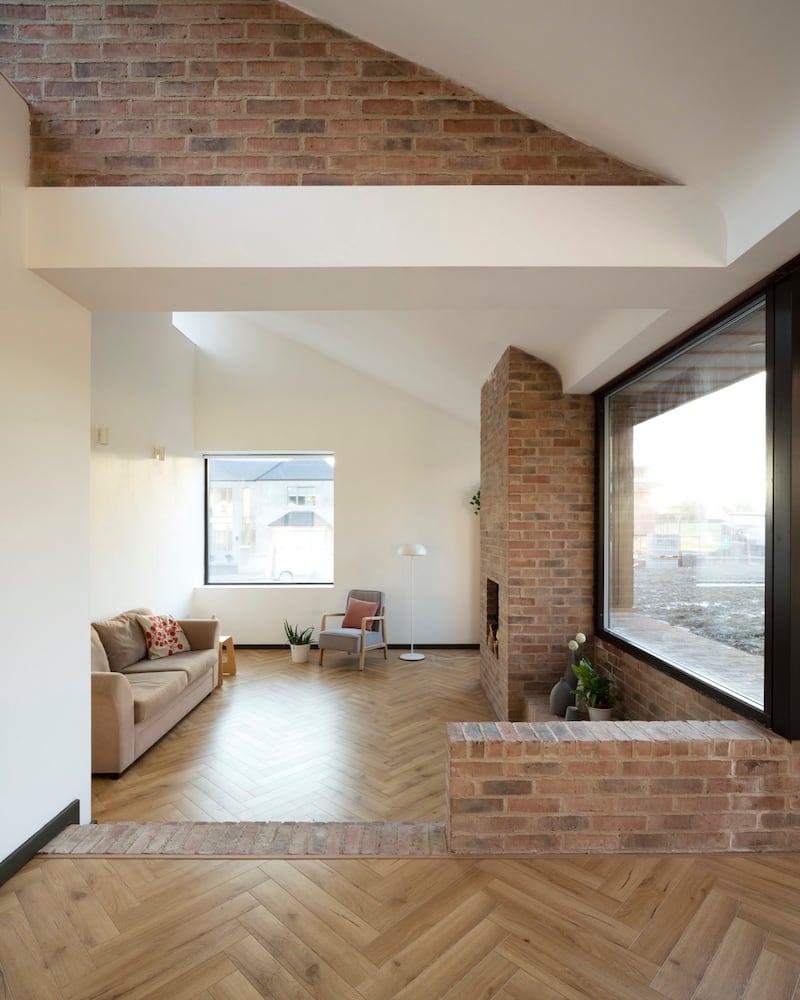
Brick on exteriors has become very in-vogue, says Keith O’Sullivan, MD of Outhaus Group, which supplies Kingscourt Country Manor bricks, the biggest distributor and manufacturer of bricks on the island.
He says the reason is that the renders and monocouches of the boom failed to deliver the same levels of low maintenance as brick has done, so architects are returning to its use. It is more sustainable, plus there are a myriad different types available in a wide range of colours, from a tumbled finish that looks like it’s been in situ for decades to sleek, glazed perfection. It also suits the look of our cities and towns, O’Sullivan says.
Scullion agrees. “You don’t have to paint it and it only gets better with age. It offers a lot of design opportunities and diversity. Builders know how to use it. It is readily available, you can use the material more than once, so it can be recycled, it can be taken down and reused.”
Internally, brick is also on-trend, Scullion adds.
“There’s a move away from clinical, man-made finishes and clean white spaces. We’ve had enough of shiny, reflective surfaces that noise bounces off. We now want more natural, less polished textures that are more tactile and unhoned.”
He believes it may also have something to do with the amount of time we’re spending on screens, from phones to computers to TVs, and a desire to surround ourselves with something more natural.
Michael Pike of GKMP architects recently added a very natural-looking 39sq m extension to a house in Sandymount, Dublin 4. Built out of brick, using a new brick from Ibstock, in a tone that was quite a good match to the brick at the front of the house, it also has a redbrick floor in a herringbone pattern and Flemish bond brickwork on the chimney breast with flush pointed white mortar, he explains.
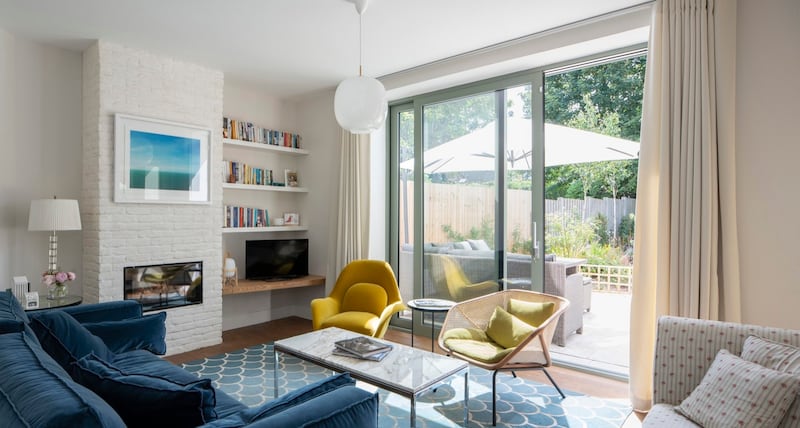
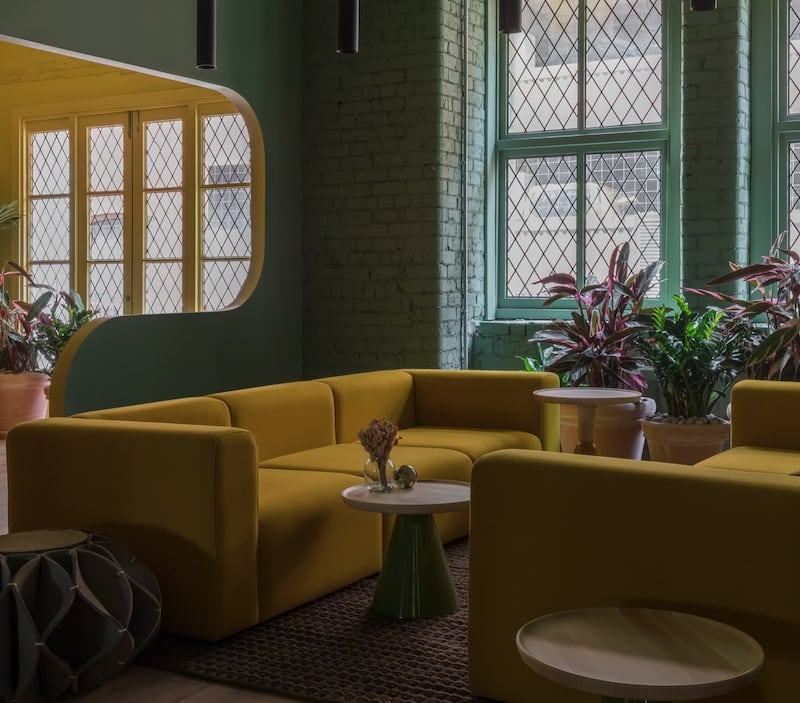
“We chose it because the front of the house was brick. It has a hand-made quality that you have to lay carefully. Its texture and colour variation feels crafted.”
It also looks great when you contrast with bare white walls, such as in its ply kitchen, a design by Jan Watté of Watté Woodwork. From it you step down to the dining area, which has been coated in a matt brick sealant to protect its porosity.
Emulating the interior of a New York loft is another interior goal of many, and while there are redbrick wallpapers and cladding that can be tried, nothing is quite as effective as brick slips – slices of real brick used as a facade on a wall or chimney breast where you can’t afford to lose the full brick depth, explains contractor Mark O’Sullivan of Clanforce, who did just this in a Sutton split-level kitchen designed by architect Davey Smith.
And he added brickwork to the chimney breast in its livingroom, this time limed to mimic the painted brick effect in industrial settings. Interior brick can also be painted in strong, fashionable colours, adding texture to a deeply pigmented space, as per the corner of the lobby of ritzy apartment block Whitworth Locke in Manchester by Grzywinski + Pons.
scullion.ie
architecturalfarm.com
outhaus.ie
gkmp.ie
clanforce.ie
davey-smith.com
gp-arch.com












